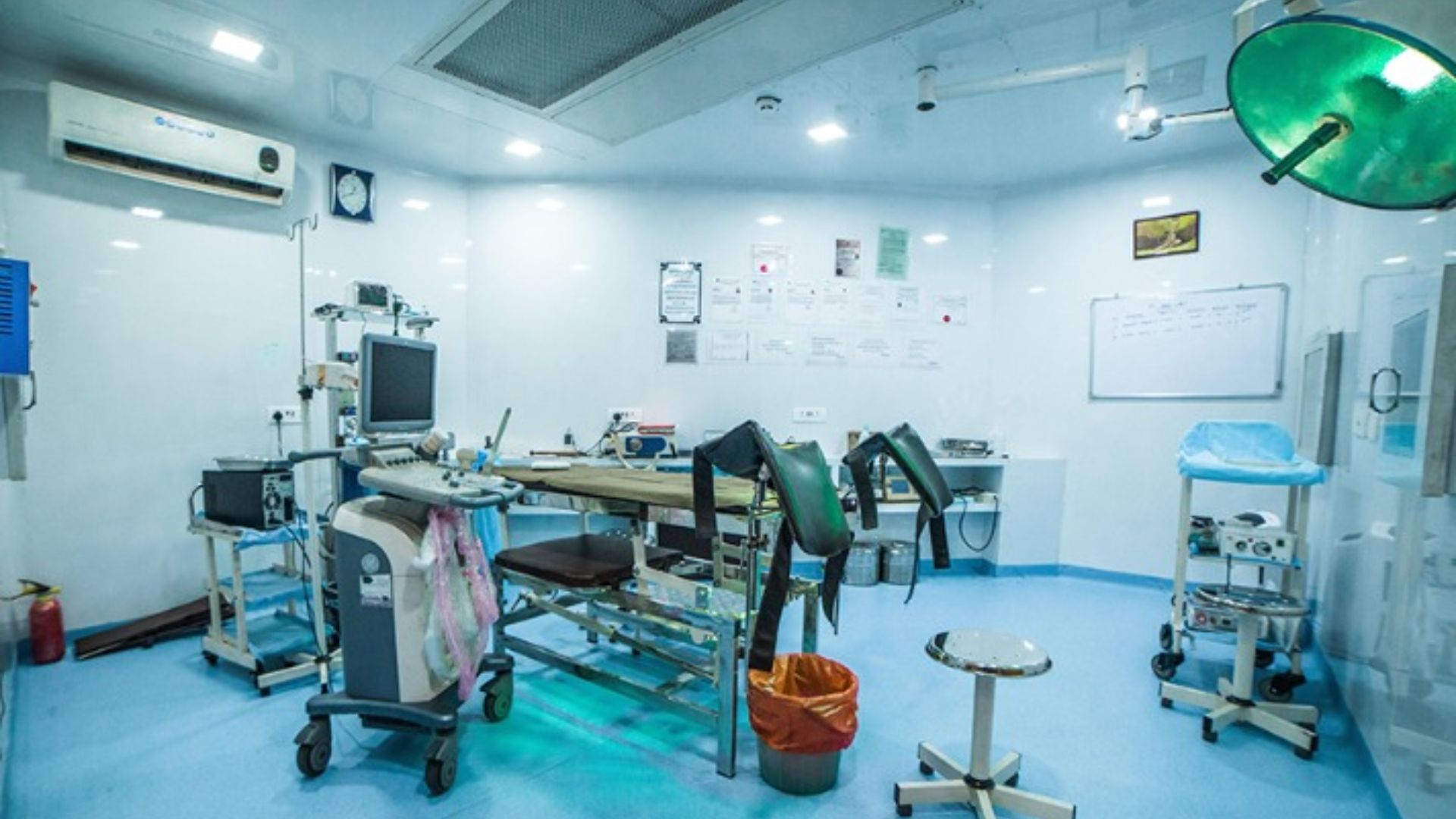Modern IVF has evolved far beyond the early methods of simply fertilising eggs in a dish and waiting for results. Today, a wide range of advanced techniques help fertility specialists address specific challenges — from poor sperm movement to identifying healthy embryos or preventing inherited genetic conditions. The focus remains on ensuring every embryo has the best possible start while keeping treatment safe, effective, and tailored to each individual or couple.
If you’re exploring fertility options in Bengaluru, you’ll find that clinics often personalise treatment plans to fit the city’s vibrant mix of tech professionals and young families. Searches for an IVF centre in Electronic City are common, as the area combines convenience, accessibility, and advanced laboratory facilities ideal for modern fertility care.
How IVF Works Today
A typical IVF cycle includes stimulating the ovaries to produce multiple eggs, retrieving the eggs, fertilising them in the lab, culturing the embryos for several days, and transferring one embryo into the uterus. Any remaining embryos of good quality can be safely frozen for future use.
Most clinics now prefer single-embryo transfer along with high-quality vitrification (freezing). This approach reduces the risk of multiple pregnancies while maintaining excellent success rates since modern freezing techniques preserve embryos effectively.
Another key safety advancement in IVF is managing ovarian stimulation carefully to avoid ovarian hyperstimulation syndrome (OHSS). Updated medical guidance supports using a GnRH-agonist trigger for egg maturation and sometimes adopting a “freeze-all” strategy in high-risk patients — both of which significantly lower OHSS risk.
ICSI: What Is It and When Is It Helpful?
Intracytoplasmic sperm injection (ICSI) involves directly injecting a single sperm into an egg. It is most beneficial in cases of clear male-factor infertility, such as very low sperm count, poor movement, or previous failed fertilisation attempts.
ICSI is also used when sperm are surgically retrieved or when using frozen eggs. While it can dramatically improve fertilisation chances in these scenarios, clinics carefully evaluate whether ICSI is truly needed. Current guidelines recommend documenting the reason for ICSI and providing thorough counselling about its pros, cons, and alternatives.
Assisted Hatching: When Can It Help?
Assisted hatching involves creating a tiny opening in the embryo’s outer shell (zona pellucida) to help it “hatch” before implantation. This technique may be considered for embryos with thicker shells — often after freezing — or in select cases of repeated implantation failure.
However, major reproductive authorities classify assisted hatching as an optional add-on with limited evidence of improving live-birth rates for most patients. Therefore, it should only be used when specifically indicated and after a detailed discussion with your fertility team.
Time-Lapse Incubators and AI Embryo Selection: Innovation or Overstatement?
Time-lapse imaging systems continuously capture embryo development without removing embryos from the incubator, providing detailed growth data. The idea is that analysing these developmental patterns might help select the best embryos for transfer.
However, large clinical studies have not shown consistent improvements in live-birth rates for most patients compared to traditional methods. While time-lapse systems improve lab workflow and support valuable research, they are not yet proven as a must-have for all patients.
Similarly, emerging AI-based embryo selection tools trained on time-lapse data are promising but still under evaluation. They need more robust, prospective studies before being considered a standard part of IVF care.
Sperm Selection Upgrades: IMSI and PICSI
Advanced sperm selection techniques such as IMSI (Intracytoplasmic Morphologically Selected Sperm Injection) and PICSI (Physiological ICSI) aim to identify healthier sperm for fertilisation.
- IMSI uses extremely high magnification to select sperm with smooth, normal-looking shapes.
- PICSI selects sperm that bind to hyaluronan, a natural substance that indicates sperm maturity and lower DNA damage.
Despite their technical sophistication, large-scale studies show that neither IMSI nor PICSI significantly improves live-birth rates for most patients. Some data suggest that PICSI may reduce miscarriage risk in specific situations, but both methods are generally considered optional add-ons, not essential steps.
Preimplantation Genetic Testing: PGT-A, PGT-M, and PGT-SR
Genetic testing of embryos — collectively known as Preimplantation Genetic Testing (PGT) — plays an important role in reducing genetic risks:
- PGT-M: For single-gene disorders, such as cystic fibrosis or thalassemia.
- PGT-SR: For chromosomal rearrangements (translocations or inversions) that could affect embryo viability.
- PGT-A: For screening embryos for chromosome number abnormalities (aneuploidy).
PGT-M and PGT-SR are well-established for couples with a known genetic condition, allowing unaffected embryos to be identified before transfer. These tests require highly precise lab work, detailed counselling, and strict quality control.
ICSI is commonly paired with PGT to prevent contamination from stray sperm DNA during biopsy. PGT-A, while popular, should be applied carefully — it may help in specific cases such as advanced maternal age or repeated IVF failure but isn’t universally beneficial.
Freezing and Storing Embryos: The Power of Vitrification
Modern vitrification (ultra-rapid freezing) has revolutionised embryo preservation. It prevents ice crystal formation, ensuring embryos remain viable after thawing with excellent survival rates.
This technology supports safer treatment approaches, such as single-embryo transfer and freeze-all cycles for patients at risk of OHSS. Outcomes from vitrified embryos are comparable to fresh transfers, making IVF both safer and more flexible.
Long-term storage is generally safe, though very extended storage (many years) might slightly reduce success rates — a consideration your clinic will discuss during planning.
FAQs
What does an IVF cycle cost in India?
On average, an IVF cycle costs ₹1,00,000–₹2,50,000, depending on the city, clinic, and treatment specifics. This estimate usually excludes optional add-ons. Always ask for a detailed, itemised cost breakdown.
How much does genetic testing (PGT) cost?
PGT is typically charged per embryo, ranging from ₹15,000–₹20,000 per embryo, with total cost depending on how many embryos are tested and the type of PGT used.
Is the ERA test worth doing, and what is the cost?
The Endometrial Receptivity Analysis (ERA) test may be considered after repeated implantation failures. Evidence of benefit for most patients is limited. The test usually costs around ₹35,000–₹40,000, varying by location.
What are the main risks of IVF and ICSI?
The main risks include OHSS (now rare with modern triggers), multiple pregnancy (prevented by single-embryo transfer), and standard procedural risks. Clinics now emphasise OHSS prevention and limiting embryo numbers per transfer to enhance safety.
How reliable is PGT-M for single-gene conditions?
PGT-M is a trusted method to reduce transmission of serious genetic diseases. However, there’s always a small residual risk, so confirmatory prenatal testing is still advised.
Conclusion
Advanced IVF techniques are most powerful when used purposefully — not by default. ICSI remains a vital tool for male infertility and fertilisation challenges, while PGT-M and PGT-SR are invaluable for couples with genetic risks.
Other add-ons — such as assisted hatching, IMSI, PICSI, or time-lapse imaging — should be chosen selectively, guided by medical evidence and individual needs.
Ultimately, the greatest improvements in IVF outcomes come from safe stimulation protocols, single-embryo transfer, and high-quality vitrification. These foundational advances continue to make IVF safer, more effective, and more personalised for every hopeful parent.








